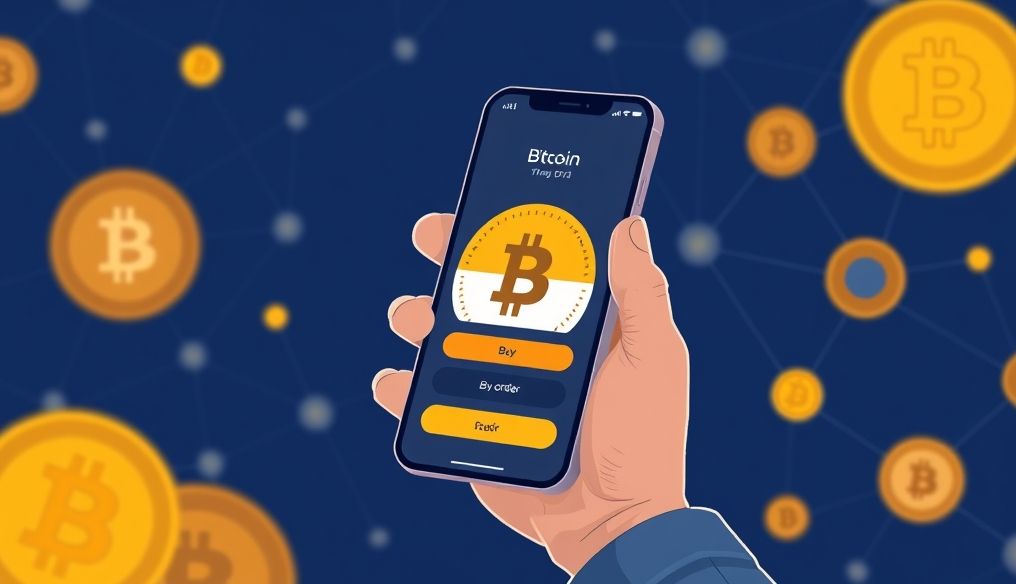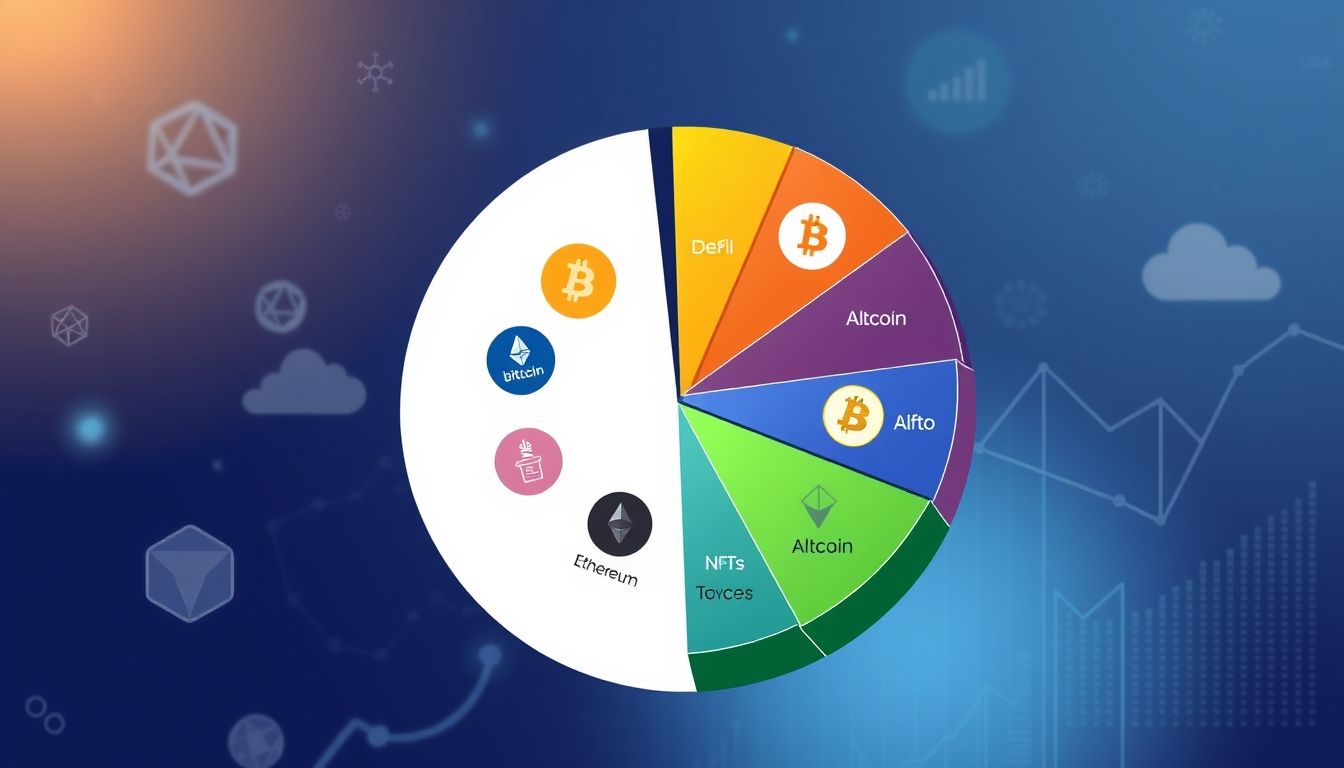Introduction: Why Bitcoin?
Bitcoin is a decentralized digital currency, without a central bank or single administrator, that can be sent from user to user on the peer-to-peer bitcoin network without the need for intermediaries. It has gained immense popularity due to its decentralized nature, potential for high returns, and increasing use in digital transactions. However, with these opportunities come risks that must be understood and handled carefully.
Chapter 1: Understanding Bitcoin Basics
What is Bitcoin and How Does it Work?
Bitcoin is a peer-to-peer electronic cash system that relies on Blockchain technology. Blockchain is a distributed digital ledger that securely and transparently records all Bitcoin transactions. Transactions are verified by a network of computers (miners) and saved in "blocks" linked together sequentially.
Essential Terms to Know
- Digital Wallet: A program or device to store and manage your Bitcoin.
- Private Key: A secret code that allows you to access and spend your Bitcoin. Keep it safe!
- Public Key: A public address that you can share with others to receive Bitcoin.
- Blockchain: A distributed digital ledger of all Bitcoin transactions.
- Mining: The process of verifying transactions and adding them to the Blockchain.
- Satoshi: The smallest unit of Bitcoin (0.00000001 BTC).
Chapter 2: Choosing a Reliable Trading Platform
Types of Bitcoin Trading Platforms
There are different types of Bitcoin trading platforms, each with its advantages and disadvantages:
- Centralized Exchanges: Like Binance and Coinbase, they offer a wide range of cryptocurrencies and trading features, but are subject to regulatory oversight.
- Decentralized Exchanges (DEX): Like Uniswap and PancakeSwap, they allow direct trading between users without an intermediary, providing more privacy and control.
- Bitcoin Brokers: They offer an easy way to buy Bitcoin, but fees may be higher.
Criteria for Choosing the Right Trading Platform
- Security: Make sure the platform uses strong security measures to protect your funds and personal information.
- Fees: Compare the fees charged on purchases, sales, withdrawals, and deposits.
- Liquidity: Choose a platform with high liquidity to ensure fast transaction execution.
- Customer Support: Make sure the platform offers good technical support in case of any problems.
- Reputation: Look for user reviews and expert opinions about the platform.
Chapter 3: Creating a Secure Account on the Trading Platform
Registration and Identity Verification Steps
The process of registering on a Bitcoin trading platform usually involves the following steps:
- Visit the platform's website and create a new account.
- Provide your personal information (name, address, date of birth, etc.).
- Verify your identity by uploading a copy of your personal ID (passport, driver's license, etc.).
- Activate your account via email or text message.
Enabling Two-Factor Authentication (2FA)
Two-factor authentication is an extra layer of security that requires you to enter a code generated by an app on your smartphone in addition to your password. This makes it harder for hackers to access your account even if they get your password.
Chapter 4: Funding Your Account
Available Deposit Methods
Most Bitcoin trading platforms offer different deposit methods, including:
- Bank Transfers: A common way to deposit large amounts, but it may take a few days.
- Credit/Debit Cards: A quick and easy way to deposit, but fees may be higher.
- Other Cryptocurrencies: You can deposit other cryptocurrencies like Ethereum or Litecoin.
- E-wallets: Such as PayPal or Skrill (depending on the platform).
Minimum Deposit and Fees
Minimum deposit limits and fees vary depending on the platform and payment method. Make sure to check this information before depositing.
Chapter 5: Buying Bitcoin
Types of Purchase Orders
There are different types of purchase orders you can use to buy Bitcoin:
- Market Order: Executed immediately at the best available price currently.
- Limit Order: Executed only if the Bitcoin price reaches the price you set.
- Stop Order: Executed as a market order once the Bitcoin price reaches the price you set.
Steps to Execute a Purchase Transaction
- Choose the type of order you want.
- Enter the amount of Bitcoin you want to buy or the amount you want to spend.
- Review the order details and make sure they are correct.
- Click "Buy".
Chapter 6: Storing Bitcoin Safely
Types of Digital Wallets
There are different types of digital wallets for storing Bitcoin:
- Hardware Wallets: Like Ledger and Trezor, they are considered the safest because they store your private keys offline.
- Software Wallets: Can be installed on your computer or smartphone.
- Web Wallets: Accessible from any web browser, but less secure than hardware and software wallets.
- Paper Wallets: Involve printing your private and public keys on paper.
Best Practices for Securing Your Digital Wallet
- Use a strong and unique password for each wallet.
- Enable two-factor authentication.
- Keep a backup of your wallet in a safe place.
- Never share your private keys with anyone.
- Update wallet software regularly.
Chapter 7: Understanding the Risks Associated with Bitcoin
Price Volatility
Bitcoin prices are highly volatile and may rise or fall sharply in a short period. This means you could lose the money you invested.
Fraud and Hacking
There are many scams and hacks targeting Bitcoin investors. Be wary of offers that seem too good to be true, and never share your personal information with anyone.
Regulatory Risks
Regulations regarding Bitcoin are still unclear in many countries and may change in the future. This may affect the value of Bitcoin.
Chapter 8: Taxes and Bitcoin
Tax Obligations Related to Bitcoin
In most countries, Bitcoin is considered a capital asset and is therefore subject to capital gains tax when sold or exchanged. Make sure you understand the tax laws in your country.
How to Track Bitcoin Transactions for Tax Purposes
It is important to track all your Bitcoin transactions for tax purposes. You can use cryptocurrency accounting software or consult a specialized accountant.
Chapter 9: Bitcoin Investment Strategies
Long-Term Investment (HODLing)
Long-term investing means buying Bitcoin and holding it for a long time, regardless of price fluctuations. This strategy is suitable for investors who believe in the long-term potential of Bitcoin.
Day Trading
Day trading means buying and selling Bitcoin frequently to profit from short-term price fluctuations. This strategy requires a lot of time, skill, and risk tolerance.
Diversifying the Investment Portfolio
Do not put all your money in Bitcoin. Diversify your investment portfolio by investing in other assets such as stocks, bonds, and real estate.
Chapter 10: Additional Tips for Beginners
- Start with a small amount you can afford to lose.
- Do your own research before investing in any cryptocurrency.
- Never invest based on someone else's advice.
- Be wary of scams.
- Stay up to date with Bitcoin news and developments.
Disclaimer: This article is for informational purposes only and does not constitute financial advice. Consult a qualified financial advisor before making any investment decisions.




